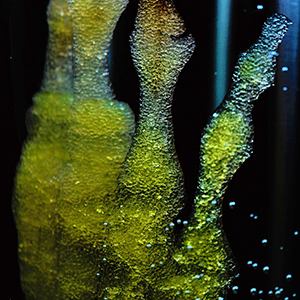 Smart Citations
Smart CitationsSee how this article has been cited at scite.ai
scite shows how a scientific paper has been cited by providing the context of the citation, a classification describing whether it supports, mentions, or contrasts the cited claim, and a label indicating in which section the citation was made.
The contribution of immunohistochemistry to the development of hydrogels for skin repair and regeneration
Hydrogels based on various polymeric materials have been successfully developed in recent years for a variety of skin applications. Several studies have shown that hydrogels with regenerative, antibacterial, and antiinflammatory properties can provide faster and better healing outcomes, particularly in chronic diseases where the normal physiological healing process is significantly hampered. Various experimental tests are typically performed to assess these materials' ability to promote angiogenesis, re-epithelialization, and the production and maturation of new extracellular matrix. Immunohistochemistry is important in this context because it allows for the visualization of in situ target tissue factors involved in the various stages of wound healing using antibodies labelled with specific markers detectable with different microscopy techniques. This review provides an overview of the various immunohistochemical techniques that have been used in recent years to investigate the efficacy of various types of hydrogels in assisting skin healing processes. The large number of scientific articles published demonstrates immunohistochemistry's significant contribution to the development of engineered biomaterials suitable for treating skin injuries.
Altmetrics
Downloads
How to Cite

This work is licensed under a Creative Commons Attribution-NonCommercial 4.0 International License.
PAGEPress has chosen to apply the Creative Commons Attribution NonCommercial 4.0 International License (CC BY-NC 4.0) to all manuscripts to be published.








